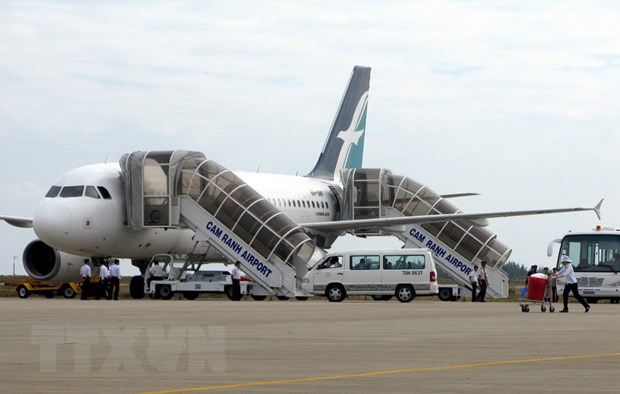HCMC – A third runway will be needed at the Cam Ranh International Airport in Khanh Hoa Province to increase its capacity to serve 28 million passengers by 2030, said the national aviation authority.
The provincial government said the Civil Aviation Authority of Vietnam (CAAV) put forward this proposal at a meeting with the south-central province yesterday, April 1, reported VnExpress news site.
According to the proposal, the third runway should be built at one of three sites being 400 meters, 760 meters, and 2,050 meters away from the existing second runway. A consulting unit said the last site is the most feasible for the third runway.
Besides, CAAV suggested two zoning plans for the airport.
Under the first plan, which requires low investment, the scale of the airport’s runways will be kept unchanged. Only the first runway needs to be upgraded and two more taxiways should be built some 2.36 kilometers away from the second runway.
As per the second plan, the first runway will be rebuilt and be 360 meters away from the second one and eight more taxiways will be developed. The upside of this plan is that the airport will be able to handle 300,000 take-offs and landings per year. However, this plan will need higher investment and more land.
Accordingly, the consulting unit suggested selecting the first plan.
Commenting on the proposal to build the third runway, Nguyen Anh Tuan, vice chairman of the provincial province, requested the consulting unit to coordinate with the competent local agencies to review technical issues, operating conditions, and the impact of the runway on the province’s master zoning plan. The consulting unit should survey more locations and work out their pros and cons before finalizing a plan to build the runway.
The Cam Ranh airport comprises two domestic and international passenger terminals that cover nearly 65,000 square meters of land. It has two runways, three aprons and can serve 6.65 million passengers per year.
CAAV said the expansion of the airport is necessary to serve 28 million passengers and handle some 52 million tons of cargo per year by 2030.









